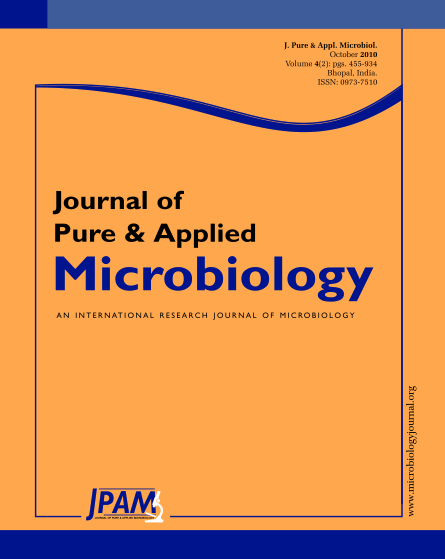Diarrhoeal diseases are a leading cause of childhood morbidity and mortality in developing countries. Many new microbial causes of diarrhoea have been discovered during the past three decades. The present study was undertaken to evaluate the effect of methanol extract of the fruits of Rhus semialata Murr for its antimicrobial potential against bacteria causing diarrhoea. Methanol extract was tested for its minimum inhibitory concentration (MIC) against both Gram-positive and Gram-negative bacteria causing diarrhoea. Further, the zones of inhibition produced by the crude extract against few sensitive strains was measured and compared with those of standard antibiotic ciprofloxacin. It is evident that the methanol extract is very active against the bacteria causing diarrhoea at low concentrations. The antibacterial efficacy of the fruit extract was found to decrease in the following order against different tested bacterial strains like, Escherichia coli, Vibrio cholerae, Shigella boydii, Shigella dysenteriae, Shigella sonnei and Salmonella typhimurium.
Rhus semialata Murr, antibacterial, diarrhoea, methanol extract
© The Author(s) 2010. Open Access. This article is distributed under the terms of the Creative Commons Attribution 4.0 International License which permits unrestricted use, sharing, distribution, and reproduction in any medium, provided you give appropriate credit to the original author(s) and the source, provide a link to the Creative Commons license, and indicate if changes were made.


